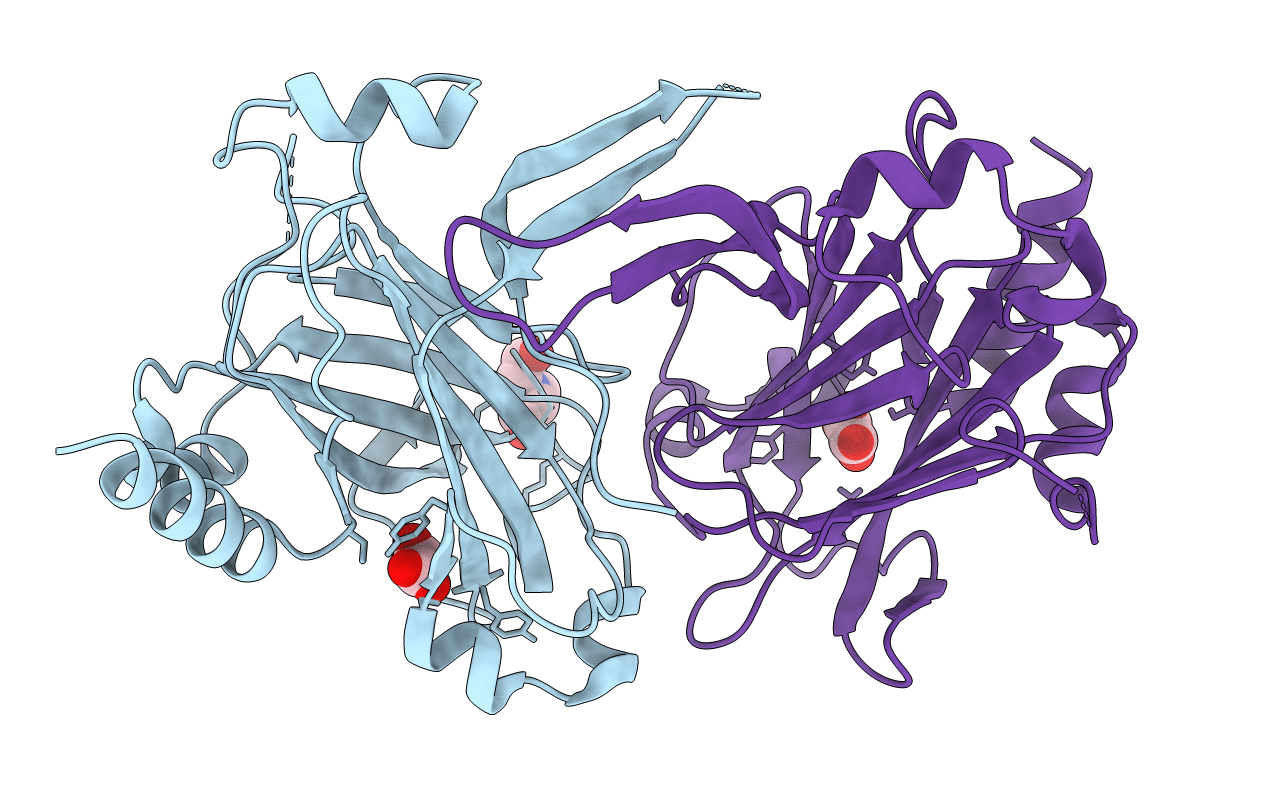
Deposition Date
2009-01-08
Release Date
2009-06-16
Last Version Date
2024-10-09
Entry Detail
PDB ID:
3FRL
Keywords:
Title:
The 2.25 A crystal structure of LipL32, the major surface antigen of Leptospira interrogans serovar Copenhageni
Biological Source:
Source Organism:
Leptospira interrogans serovar Copenhageni (Taxon ID: 44275)
Host Organism:
Method Details:
Experimental Method:
Resolution:
2.25 Å
R-Value Free:
0.22
R-Value Work:
0.18
R-Value Observed:
0.18
Space Group:
P 32 2 1


